In 2021, outdoor clothing customers are asking for high-performance outerwear made out of sustainable materials and boasting plenty of quality-of-life features. To win as many of these increasingly demanding customers as possible, the leading outerwear brands compete every year by designing, manufacturing, and selling innovative pieces of apparel.
Two of such brands are Patagonia and Outdoor Research. Both companies are well-known to anyone whose favorite hobby is backcountry exploration – they produce some of the market’s best expedition-ready garments. But which one of them is better? If you’re looking for an answer to that question, you’re in the right place.
Patagonia vs Outdoor Research – Brand Overview
Here’s everything you need to know about these two brands – how they came to be and what are things that separate them from the competition:
Patagonia
- Founded: 1973
- Headquarters: California, USA
Rare are outdoor enthusiasts who don’t know about Patagonia – this is an extremely famous brand with a very rich history in mountain exploration. The company was established all the way back in the early 1970s by Yvon Chouinard, an accomplished mountaineer, and, over the years, it became one of the most well-known names in the outdoor industry.
Nowadays, Patagonia offers an extremely vast selection of top-notch apparel ranging from baselayers to hardshells to rainwear to softshells to all kinds of trekking and camping accessories in between.
The brand is particularly good when it comes to insulation – it offers a wide array of both casual and technical insulated garments, with standouts like the DAS Parka or the much-celebrated Down Sweater.
One especially interesting thing about Patagonia is the fact that this is one of those companies that spend a lot of their money on environmental initiatives. In other words, Patagonia uses responsibly sourced down, incorporates recycled fabrics into its products, sells used gear through its “Worn Wear” plan, and it offers repair services all over the country.
While it’s true that a lot of outdoor enthusiasts consider Arc’teryx to be the unquestionable leader in the department of technical outerwear, Patagonia’s products consistently manage to strike that perfect balance between backcountry and everyday use.
A piece of apparel with a Patagonia logo is never really cheap, but the higher price is almost always justified by the excellent build quality and plenty of extra features.
I’ve also written a post about brands similar to Patagonia.
Outdoor Research
- Founded: 1981
- Headquarters: Washington, USA
Unlike Patagonia, which has a worldwide presence and hundreds of stores across five continents, Outdoor Research is genuinely popular only in its home region – the Pacific Northwest. The brand was founded in Seattle, Washington, by a guy called Ron Gregg.
Back in the early 1980s, Gregg went on a demanding hike with a friend and witnessed him having serious trouble with a pair of very poorly designed gaiters. Ron decided to tackle the issue and create a pair of gaiters by himself – he called them “X-Gaiters” and they were OR’s very first product.
Over the last four decades, the company has significantly expanded its focus and now offers products for a range of outdoor activities – from skiing to camping.
In the broader spectrum of outdoor apparel, discussions often arise around various brand comparisons. One such notable comparison is L.L. Bean versus Eddie Bauer, where both brands, with their distinct histories, are frequently juxtaposed by enthusiasts.
It’s intriguing how brands evolve and position themselves in the market. Just as there’s a debate between Patagonia and Outdoor Research, many outdoor enthusiasts also draw comparisons in discussions like “Patagonia vs L.L. Bean,” each brand having its unique strengths and heritage.
While it’s true that the proprietary waterproofing technologies are rarely something worth discussing, it’s the opposite in OR’s case – the brand’s AscentShell membrane is one of the best in-house waterproofing solutions I’ve seen so far. It can be found in many of the company’s top-of-the-line jackets and it’s both weather-worthy and breathable.
The fit of Outdoor Research jackets is seldom as good as that of Patagonia’s or Arc’teryx’s garments, but the company consistently manages to find a good balance between great design and a reasonable price with its apparel.
I’d put it somewhere between high-end brands, such as Arc’teryx, and budget labels, like Columbia. In other words, Outdoor Research is a nice “middle ground”.
As we navigate the world of outdoor brands, it’s intriguing to note other brand comparisons that often emerge in enthusiast circles. A notable mention is the discussion around L.L. Bean vs Lands’ End. Both Lands’ End and L.L. Bean have etched their significance in the outdoor apparel landscape, each championing its unique heritage and product line. Such comparisons underscore the rich diversity and choices available to outdoor aficionados.
Patagonia vs Outdoor Research – Products Comparison
In this part of the article, I’ll be taking a closer look at some of the most popular hardshells, softshells, and other types of garments designed by Patagonia and Outdoor Research:
Hardshells
Patagonia Super Pluma Jacket
Pros:
- A versatile hardshell
- Cohaesive buckles
- Athletic fit
Cons:
- Expensive
This Patagonia jacket is a sort of do-everything hardshell – a versatile, well-made piece of apparel with a finely tuned set of features and one that offers excellent protection against foul weather. Its only major drawback is the price – this is not a garment for those on a budget.
Combining 40D nylon with Gore-Tex Pro, the model provides phenomenal defense against cold and wintery conditions. It has an athletic fit and comes equipped with Cohaesive buckles and four pockets in total.
Outdoor Research Blackpowder II Jacket
No products found.
Pros:
- Excellent temperature control
- Rugged face fabric
- Good price
Cons:
- Tight fit
A somewhat basic but very rugged outdoor piece of apparel, OR’s Blackpowder II is a good option for folks looking for a resort jacket that will keep them dry and warm in mild conditions. It uses 40 g/m2 Adrenloft insulation and has five pockets in total, one of which has headphone accessibility.
Unfortunately, the overall fit and style of this hardshell are not the best out there – the arms are quite short and they limit the range of movement. But still, due to its durability, I consider Blackpowder II to be a fine investment.
Softshells
Patagonia R1 Hooded Jacket
Pros:
- The most comfortable fleece on the market
- Breathable & lightweight
- Fantastic fit
Cons:
- Won’t protect you against the elements
An excellent layering piece, the R1 Hooded Jacket sports a tried and true design that turned it into one of Patagonia’s best-selling garments ever. The low weight, packability, style, and versatility are just some of its many advantages.
What I like the most about R1 is the comfort it provides – its soft and airy feel is something you won’t find on any other fleece on the market. The model is also super breathable and very light. It can be quickly stuffed into the top (or the lid) of your backpack.
Outdoor Research Ferrosi Grid Hooded Jacket
Pros:
- Excels at blocking the wind
- Warm & comfortable
- Very stretchy
Cons:
- Spartan design
Coming at about the same price as Patagonia’s softshell, the Ferrosi Grid Hooded jacket is just as durable but performs better in cold weather. However, this comes at a price – the model is not as breathable and it’s not suited for high-output activities like mountain biking or running.
In terms of features, this is a rather simple softshell. Its hood has no closures and there are only three pockets on the entire model – a single chest pocket and two handwarmer pockets. However, in my opinion, the fabric alone turns this OR jacket into a great investment.
Rain Jackets
Patagonia Torrentshell Jacket
Pros:
- Very durable & stormworthy
- Great hood design
- Two 11” pit zips
Cons:
- Not the most mobile rain jacket
I think it’s pretty safe to say that the Torrentshell jacket is one of the most famous (if not the most famous) Patagonia garments. It became an extremely popular piece of rainwear for a few good reasons – it is stormworthy, long-lasting, and as versatile as a rain jacket can be.
The full-fledged three-layer design of this model is exactly what makes it one of the market’s best choices for rainy backpacking adventures. Besides phenomenal weather resistance, the Torrentshell also provides outstanding durability and packability.
Outdoor Research Motive AscentShell Jacket
No products found.
Pros:
- Excellent weather resistance
- Packs into its own pocket
- Soft & flexible
Cons:
- Single internal chest pocket
Are you looking for a piece of rainwear that delivers top performance but still feels exceptionally comfortable? If so, OR’s Motive AscentShell jacket is one of your best options. It does a great job of keeping the rain at wind at bay while still being as soft and flexible as possible at the same time.
The model is also quite packable – you can stuff it into its own pocket and then simply use its carabiner loop to attach it to your backpack. My only complaint is that Motive AscentShell has only one internal chest pocket. Every time you want to access it, you have to unzip the jacket.
Similarly, when exploring other brand comparisons in the outdoor gear space, discussions such as Arcteryx vs Fjallraven often surface, where Fjallraven is admired for its timeless, durable designs, and Arcteryx is recognized for its technologically advanced, high-performance gear. Another parallel in the luxury winter wear segment is the Canada Goose vs Moose Knuckles debate.
Both brands, celebrated for their lavish, insulating winter jackets, have garnered a dedicated following who attest to their respective abilities to combine comfort and style in the harsh winter months. These brand comparisons, much like the Patagonia and Outdoor Research discussion, arise from the brands’ distinct strategies in blending functionality with fashion, each defining their own specialty in the outdoor apparel market.
Pants
Patagonia Quandary Pants
Pros:
- Phenomenal weather protection
- Comfortable & mobile
- Fair price
Cons:
- No extra features
These Patagonia pants are made out of a slim-fitting, lightweight blend of spandex and nylon and are great for tackling both long backpacking adventures and short day hikes. They do a fantastic job of warding off light rain and wind while also providing their wearer with mobility, freedom, and, of course, comfort.
Are there any disadvantages to this product? Unfortunately, the Quandary Pants aren’t exactly feature-packed. They don’t have that many pockets and aren’t as versatile as some of the other hiking pants in the same price category.
Outdoor Research Voodoo Pants
Pros:
- Effortlessly ward off rain & wind
- Stretchy & comfortable
- Quick-drying
Cons:
- Shallow pockets
Sporting a rather trim fit, these Outdoor Research pants were made for alpine climbing. They’re made out of 12% spandex and 88% nylon, and this combo makes them both stretchy and comfortable. On Voodoo pants, you’ll find five pockets in total.
Other advantages of these OR trekking pants worth mentioning are the overall water and wind resistance, as well as the fact that they’re quick-drying. Their only drawback is the low depth of the aforementioned pockets. If you want to check out more brands that are similar to Patagonia, check out our Patagonia vs Eddie Bauer comparison as well.
Patagonia vs Outdoor Research – The Verdict
As great as OR’s outerwear is, it simply cannot be compared to that of its rival – Patagonia is a worldwide known brand for a good reason. There’s a lot more attention to detail in their garments and they’re also typically more long-lasting and feature-packed.
However, if you’re on a budget, you won’t make a mistake by going with Outdoor Research. Their technical-focused apparel has a great value and is often on par with jackets and other clothes offered by much more famous outdoor brands.

I love hiking, backpacking, and camping. From the Camino de Santiago to the West Highland Way in Scotland or simply a great day hike on the weekend. Hiking refreshes me, my mind, and keeps my body reasonably fit. So far I have walked three Camino routes and many other long distance hikes in the UK, Canada, and around the rest of Europe. One of the best was my hike up Ben Nevis.

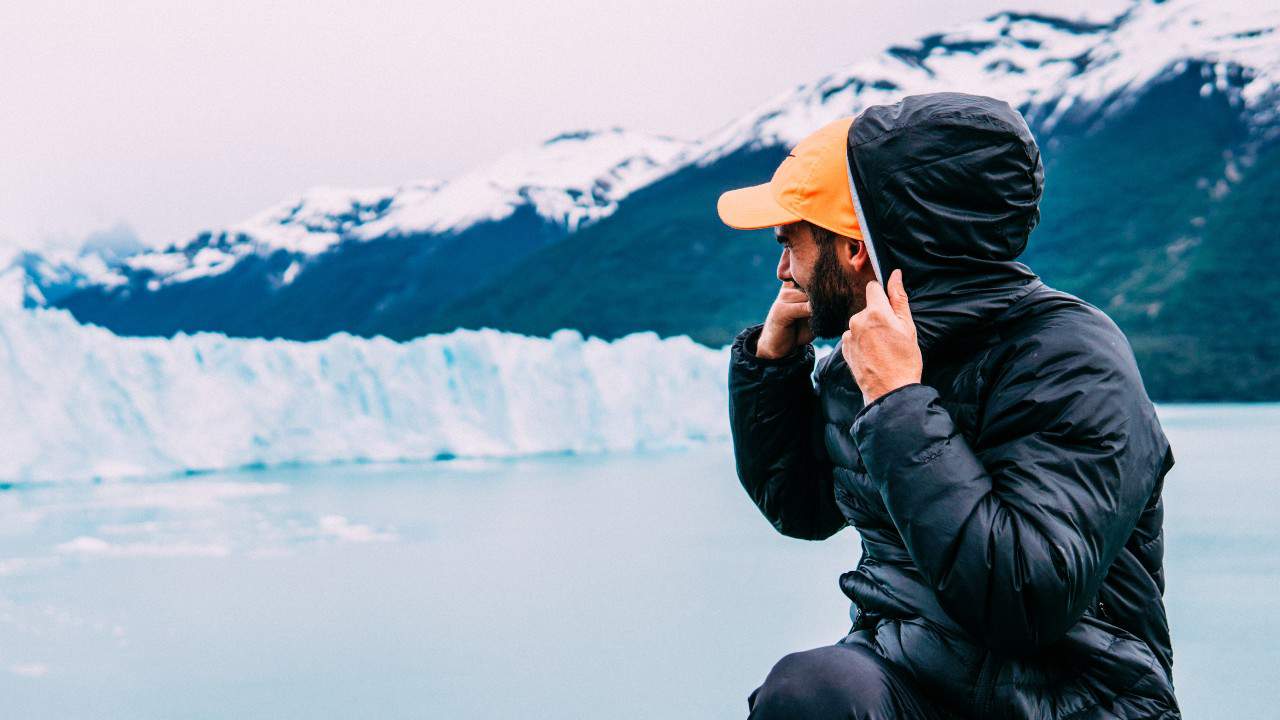

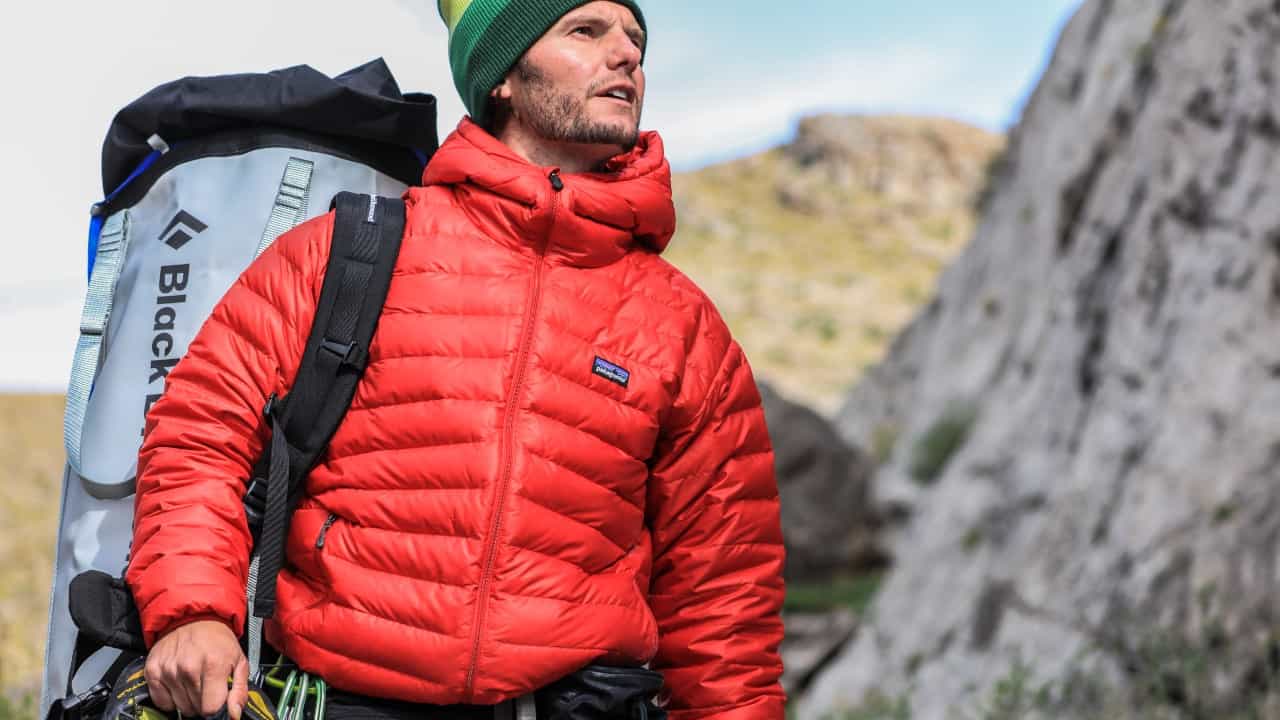
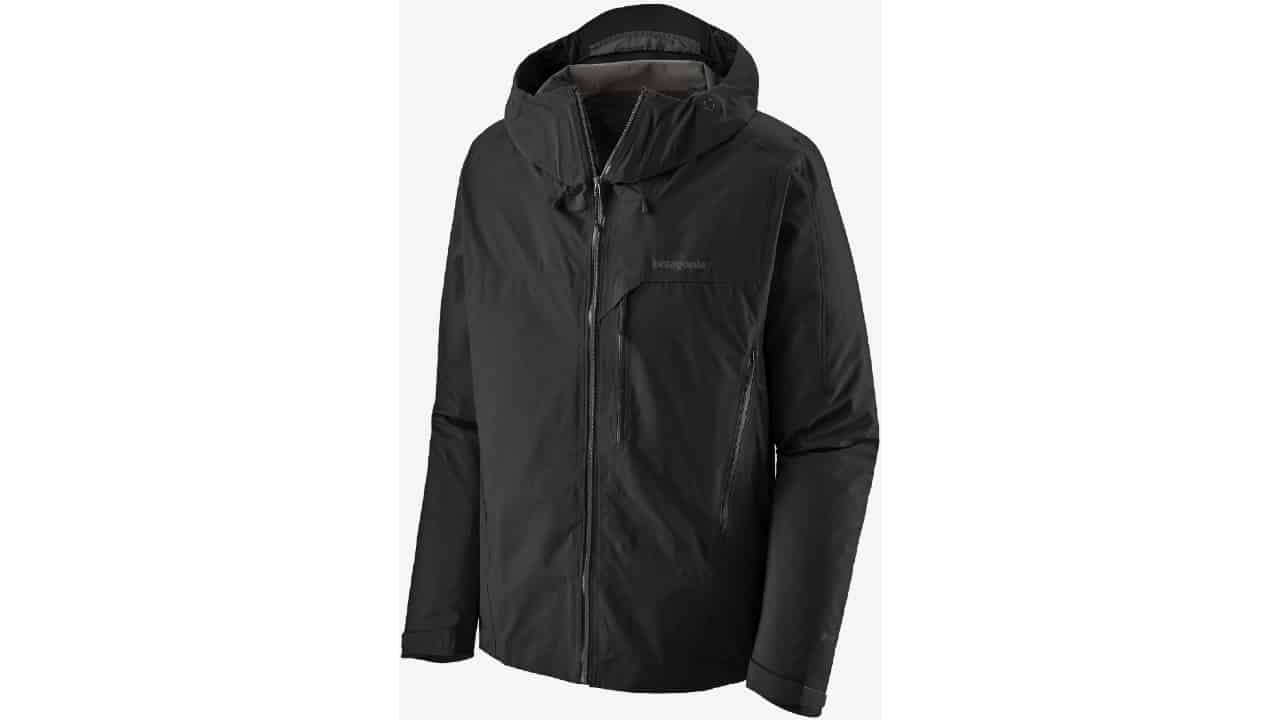
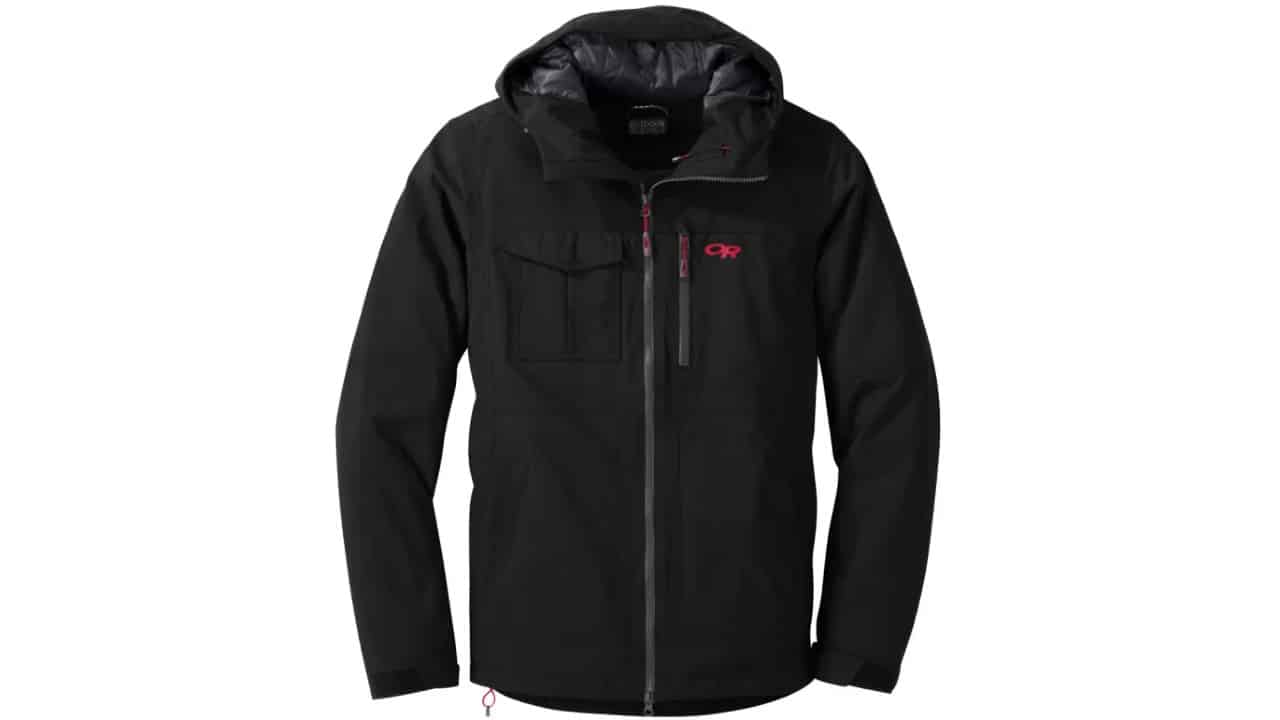
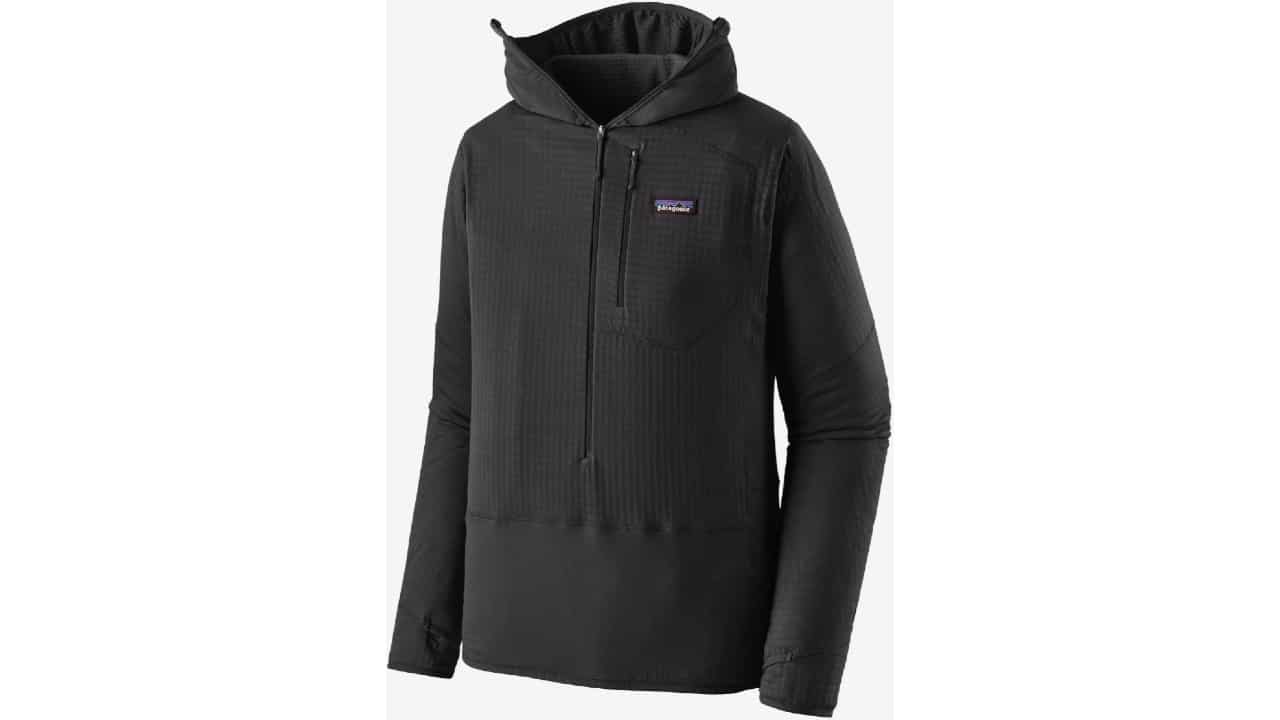
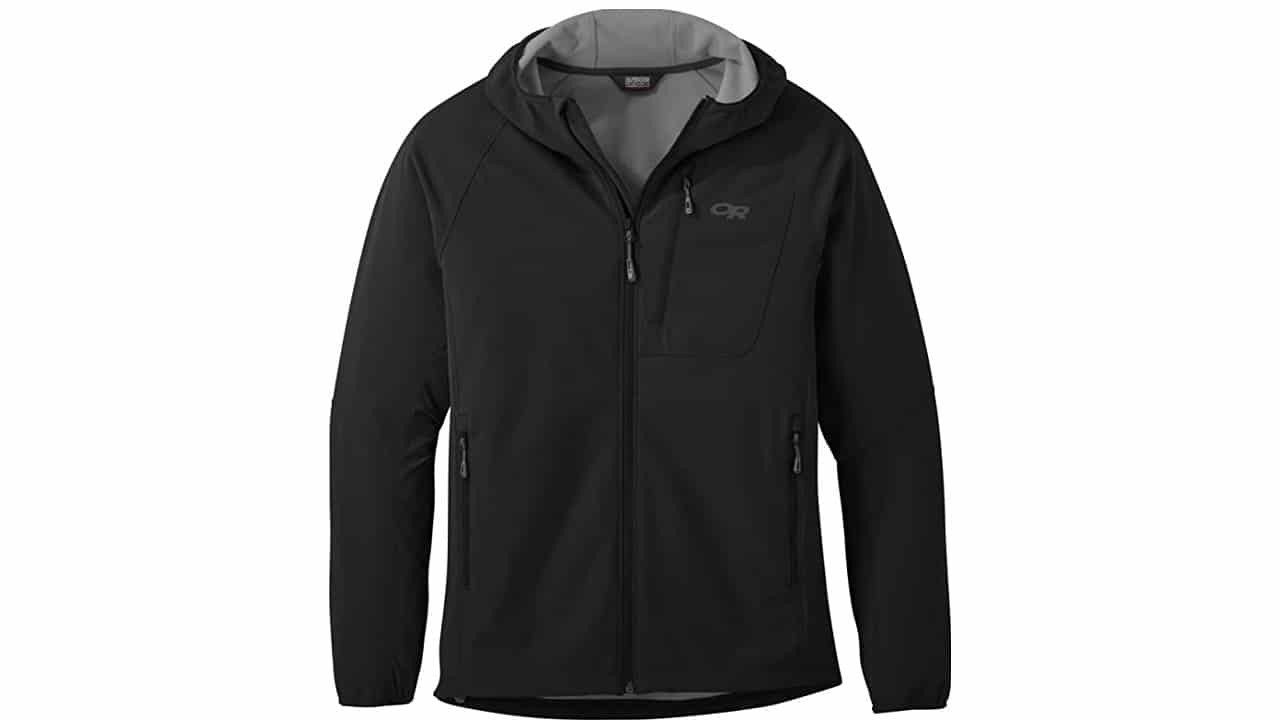
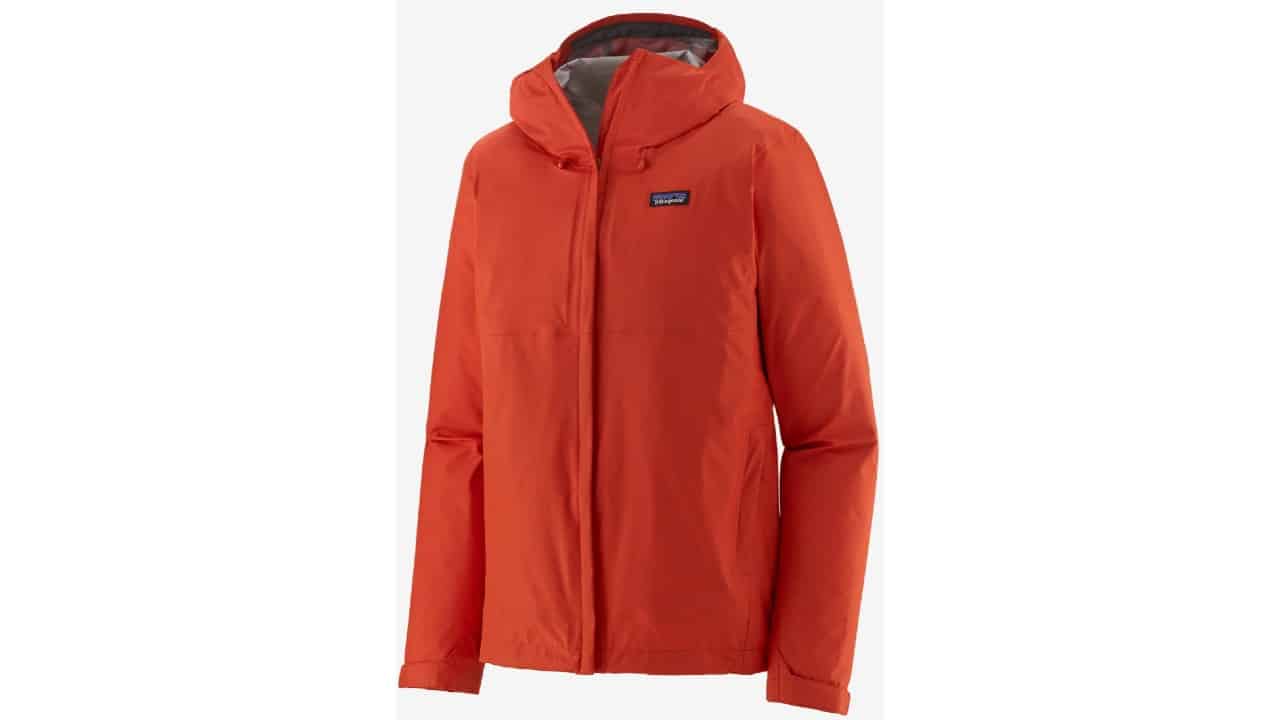
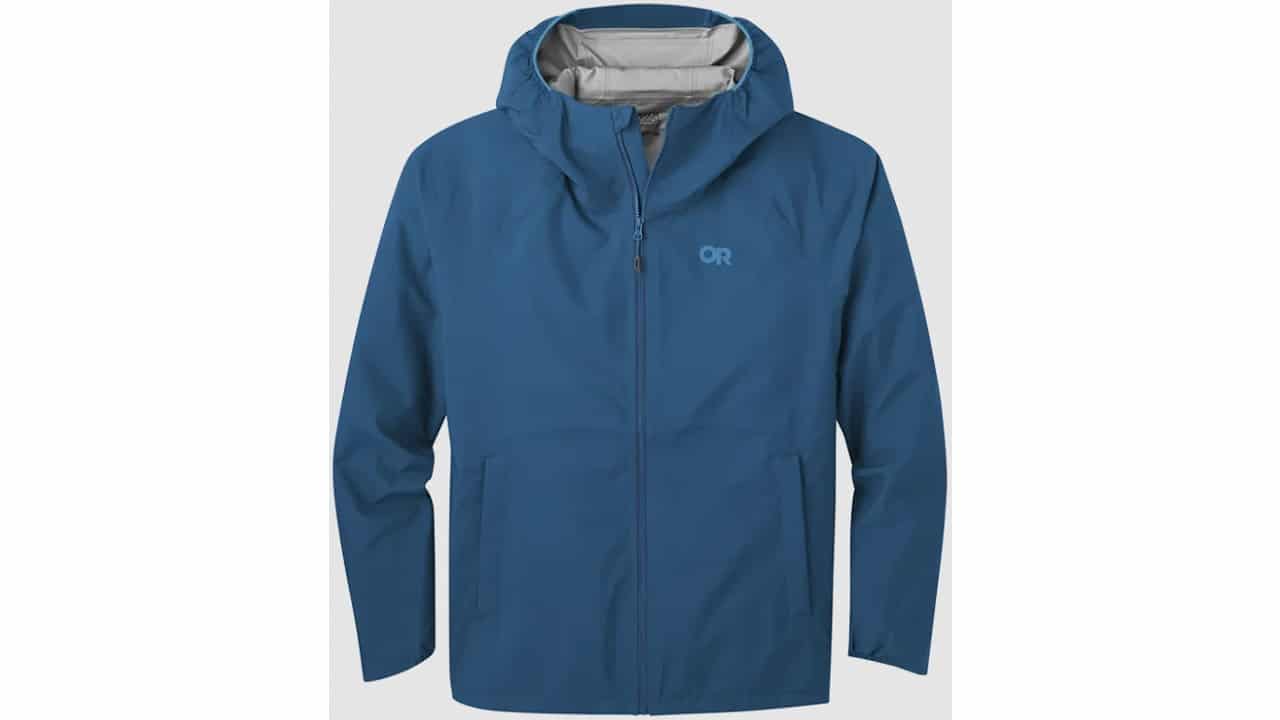
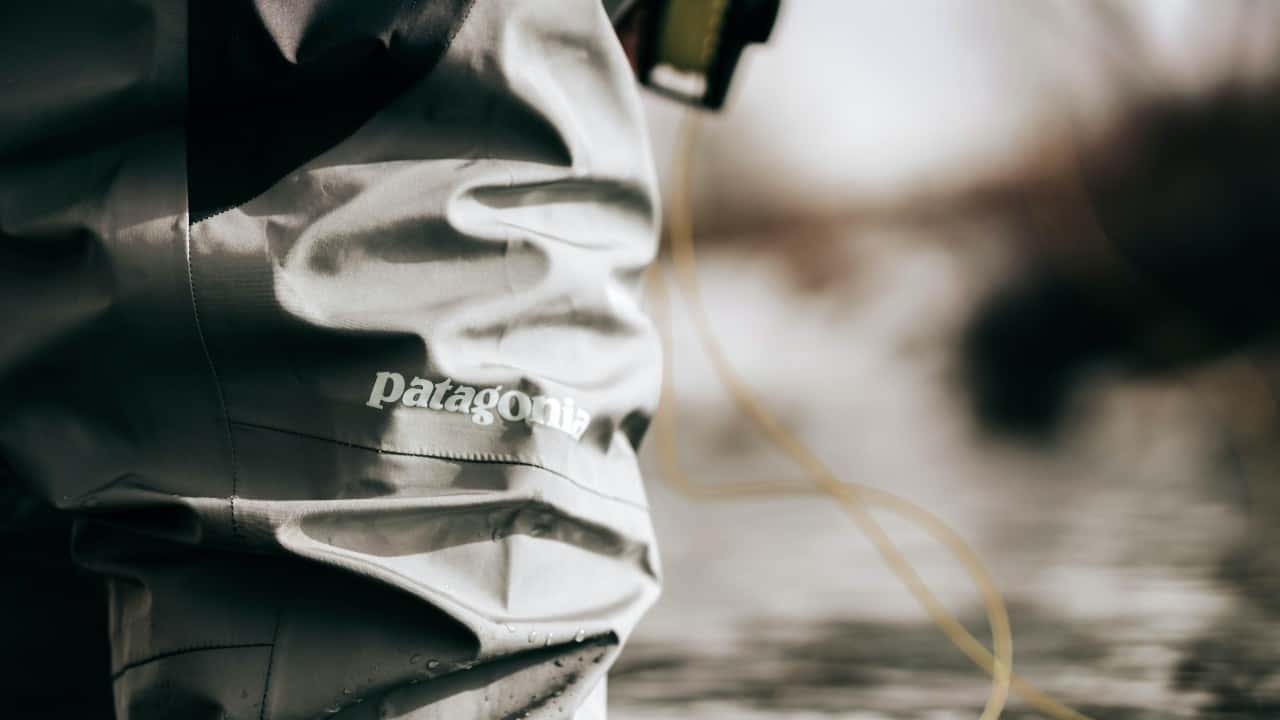
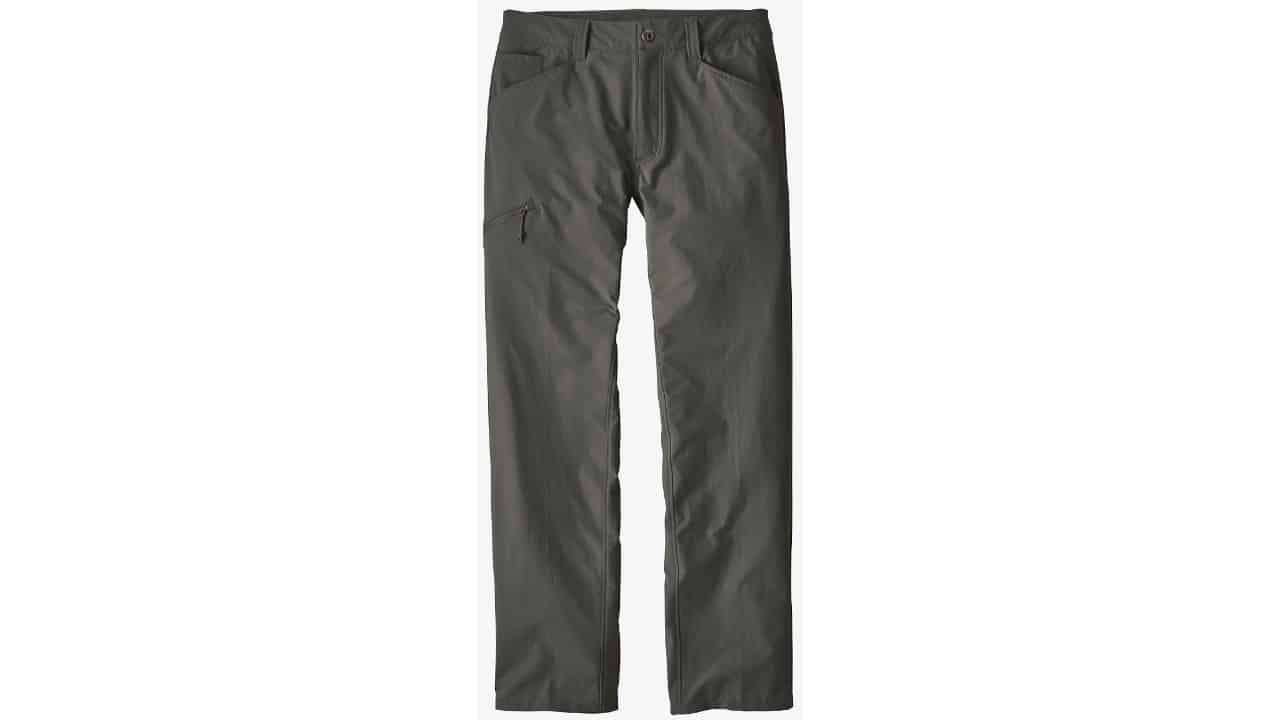
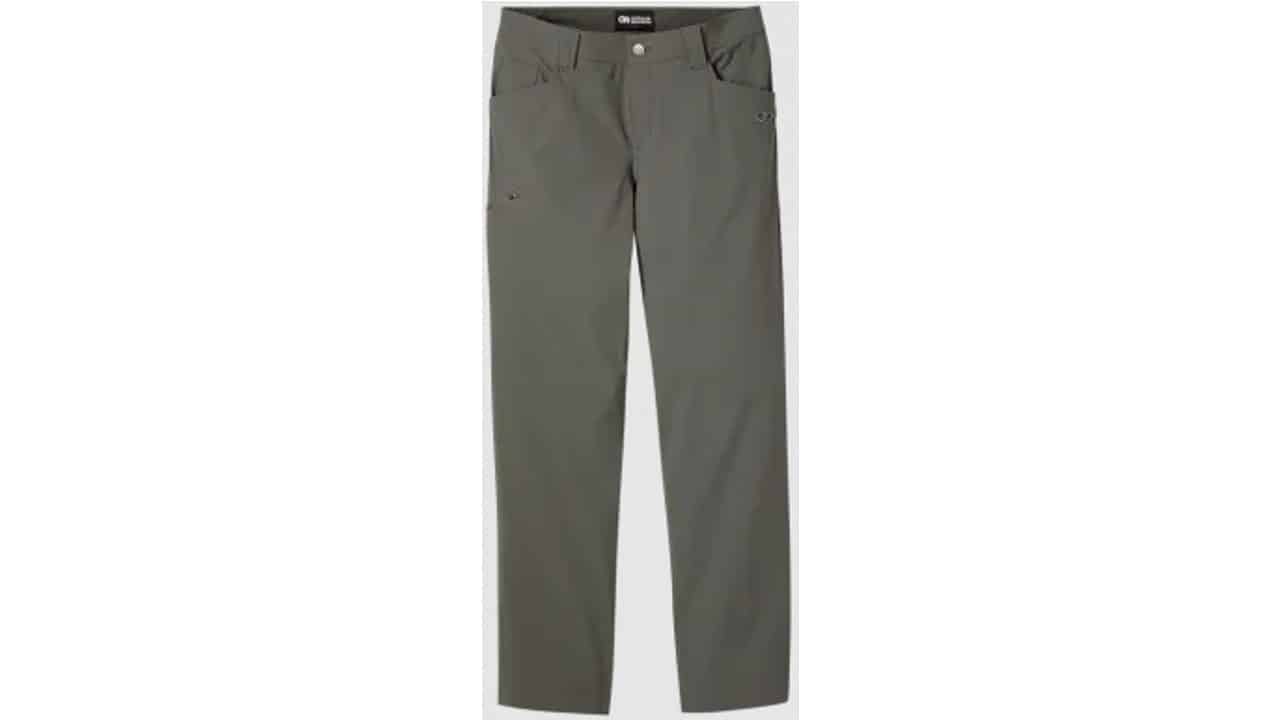
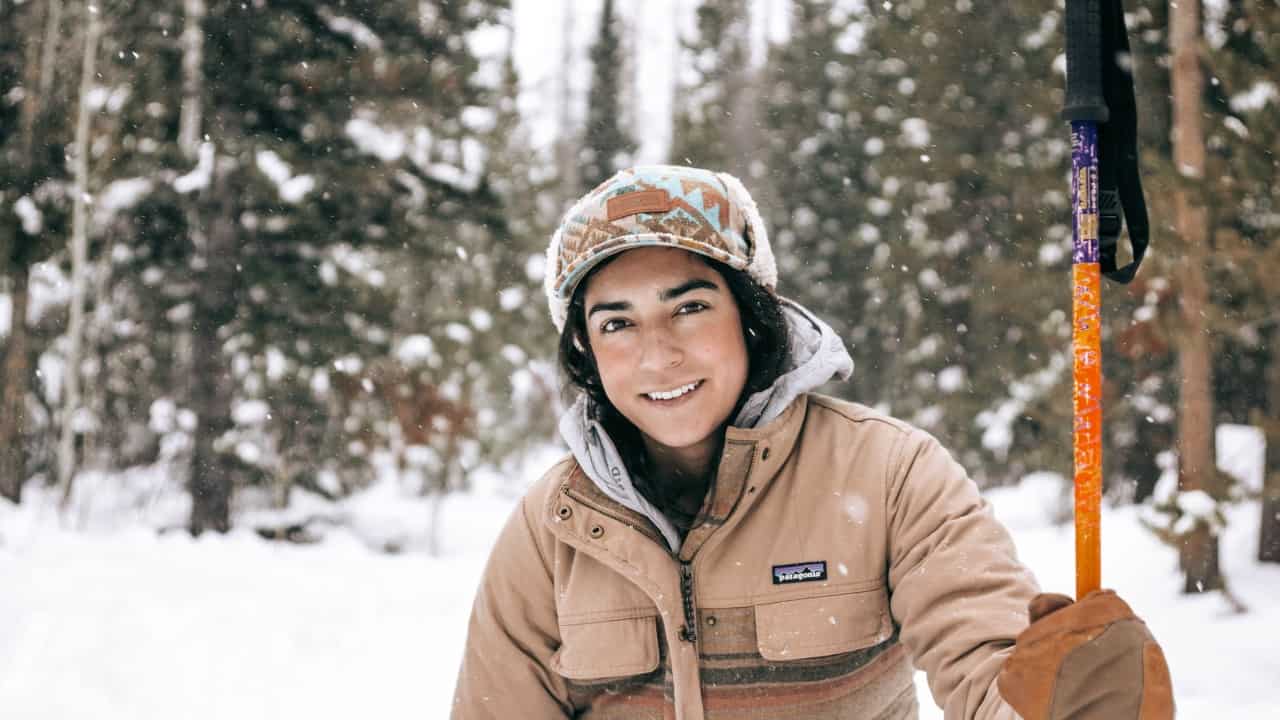
I suffer dreadfully from cold hands in cool conditions and I mean frozen fingers that make me weep and make me wish I was anywhere else but where I was!
Over the years I have spent a lot of money on gloves and mittens with all sorts of claims re insulation, warmth and waterproofness. Finally I found for me the holy grail! A pair of OR mittens, triple insulated with separate fingers inside, longer length with drawstring and very waterproof. Ironically I first wore them on a trip to Patagonia and can truly say they changed my life re hiking in cold weather. Ye they are a little bit unwieldy but I am quite happy to put up with that. Have also worn them skiing.